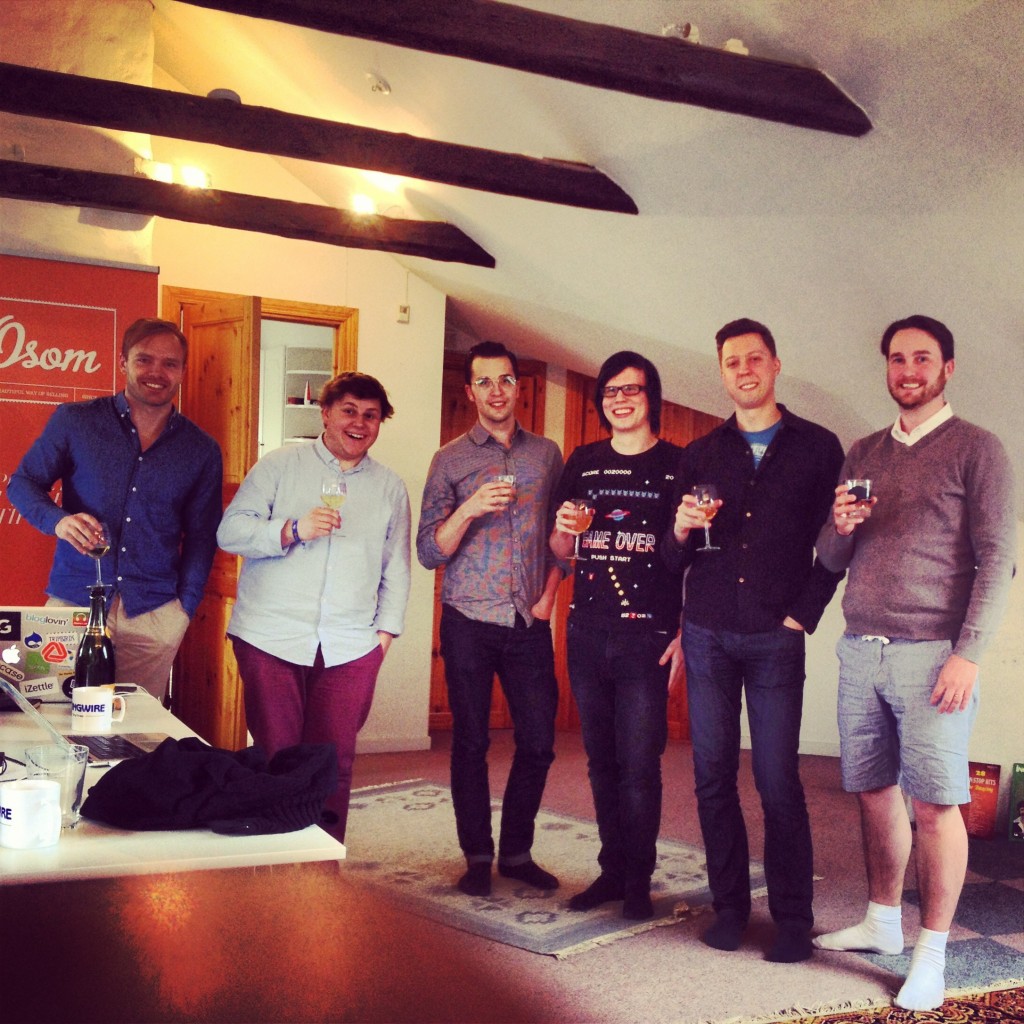
I have worked both at an enterprise size company and a startup trying to do business to business (B2B) sales. Here are my two cents on five problems you must overcome to succeed.
1) The “Everyone is a customer” problem
When you are building a product with a small team, you can’t afford everyone to be your customer. You just don’t have the resources. By narrowing it down to a segment or niche audience you are able to focus on the right customer pain points. Video ad server Videoplaza signed one of the biggest broadcasters in Sweden before even a line of code was written, and developed the entire product over 6 months in collaboration with that client.
2) Charge too Little
Microsoft can lock companies in for 12 months with $100,000/month with enterprise level software. SEO service Wincher charges €6/month. What’s the difference? Of course Microsoft has a future proof brand and an extensive support service. But also included are some consulting and training hours, and these are available for startups too. Set up your sales crew and start exploring your upsell options. In my opinion most startups charge to little, and Microsoft too much.
3) Not understanding how money works at Enterprises
Budgets are usually set once per year at a big company. Every department has a chunk of money to spend on investments like your company. Make sure you time it well in your sales cycle. Another strategy is to sell a basic trial for just under $500/month. A manager can usually charge this amount on her company credit card without hazzle.
4) Not recognizing the ecosystem
You need partners to grow your company. Get involved with the organizations setting the standards in your industry. They talk to all the big guys. If you are building your company on top of existing infrastructure like Facebook or Apple, you should get involved with them to get them to promote you to their clients. Later on, you can increase the value and reach of your product by letting other companies build upon it. Videoplaza has several ad format suppliers, ad networks, ad analytics companies and video players that have integrated with them.
5) Not preparing to go global
If you are in the US, China or India your market size will help you to get big, but if you are launching in a European country, make sure you are not just a local player in 5 years or you will be eaten.
Please add more deal breakers in the comments or social media!







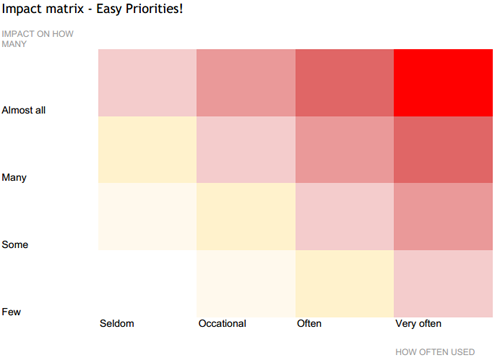


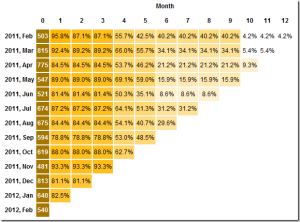


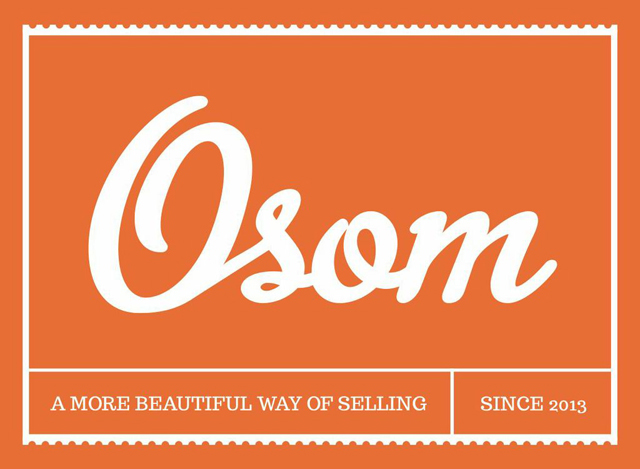
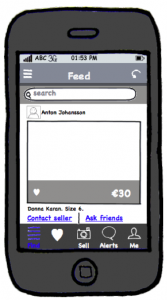 I work at Osom. I used to say “I’m starting a company”, but these days I’m not starting, I’m working. So what’s the difference?
I work at Osom. I used to say “I’m starting a company”, but these days I’m not starting, I’m working. So what’s the difference?
